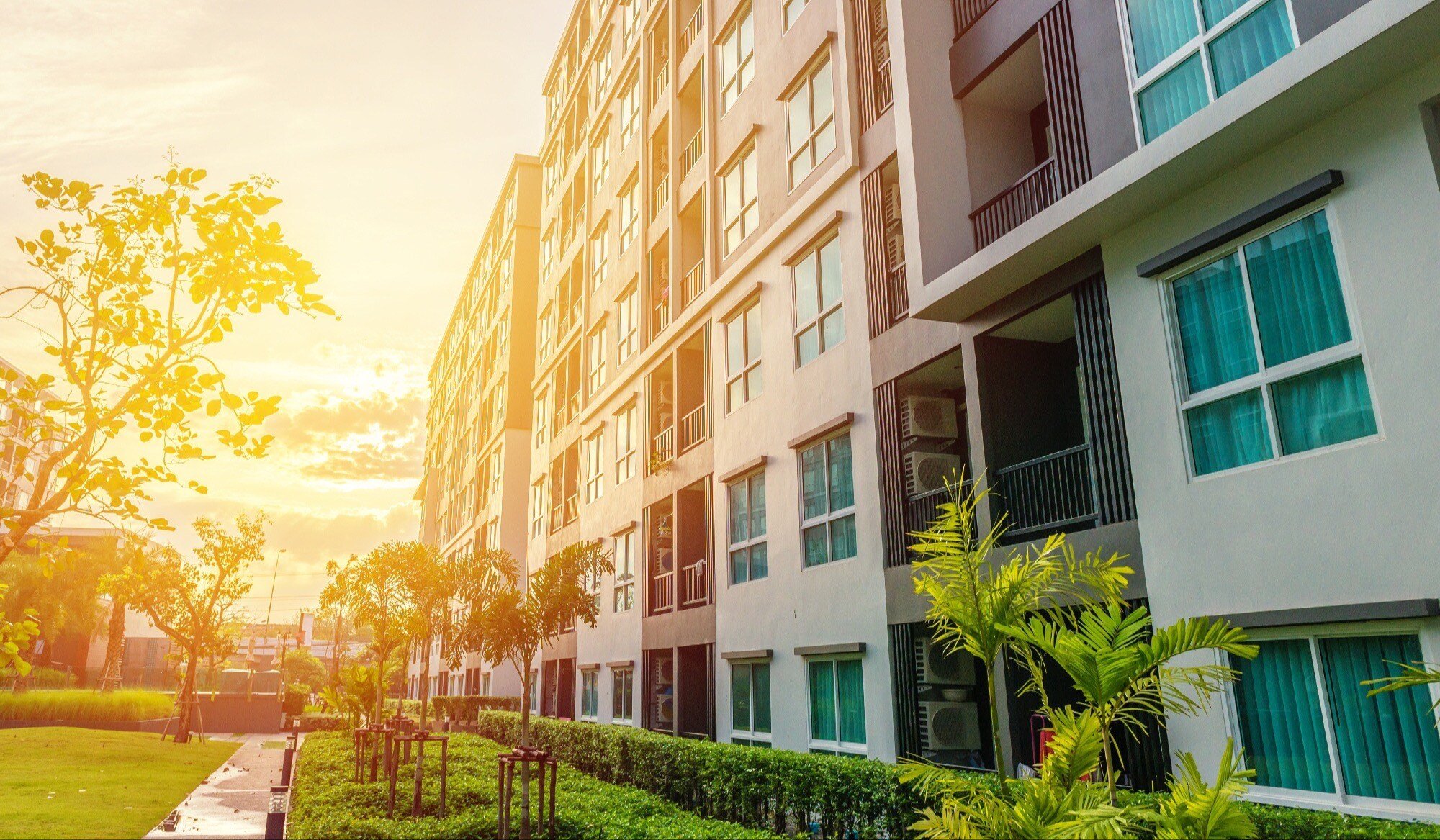
- ...
- Blog
- The ultimate Airbnb set-up checklist: Streamline your onboarding process
The ultimate Airbnb set-up checklist: Streamline your onboarding process

Bringing a new Airbnb property into your portfolio is an exciting opportunity to grow your short-term rental business. However, proper onboarding is essential to ensure a smooth guest experience and long-term success. From owner alignment to listing optimization, taking the right steps before launch can save you time, money, and hassle down the line. This guide walks you through the essential steps for setting up a new Airbnb property, avoiding common pitfalls, and streamlining the onboarding process.
|
FREE DOWNLOAD: Airbnb Set-Up Checklist |
Step-by-step guide to setting up your Airbnb
Step 1: Owner alignment
Ensuring alignment with property owners is critical to a smooth onboarding process. Here’s how to set expectations and establish a strong working relationship:
- Define goals and expectations – Understanding the owner’s revenue targets, Airbnb guest policies, and long-term plans ensures everyone is aligned on the rental property's purpose. This step helps avoid confusion about pricing strategy, minimum stay requirements, and guest expectations.
- Sign a property management agreement – A clear agreement protects both parties by outlining roles, responsibilities, fees, and conditions. It also defines house rules and policies that guests must follow.
- Create an onboarding timeline – A structured plan with key milestones helps owners stay informed and confident in the process.
- Establish communication channels – Setting up regular updates via email or a property management system streamlines collaboration and helps address concerns promptly.
Step 2: Compliance and documentation
Before listing a property, ensure it meets all legal and safety requirements:
- Confirm zoning and occupancy regulations – Every city has different rules about short-term rentals, including occupancy limits and noise ordinances. Understanding these regulations prevents potential legal issues.
- Obtain necessary licenses and permits – Many jurisdictions require permits for vacation rentals. Keeping licenses current ensures you avoid fines and operational disruptions.
- Check tax obligations – Short-term rentals are often subject to local lodging taxes. Understanding and automating tax compliance prevents unexpected financial burdens.
- Review property insurance coverage – A properly insured property protects homeowners, managers, and guests from liability claims, property damage, and other risks.
- Gather essential property documents – Having deeds, past rental activity records, and insurance policies organized simplifies future audits or legal processes.
Step 3: Property preparation
A well-prepared property ensures a seamless guest experience. Cover these key aspects:
- Document key property details – Identify what makes the property unique, including amenities such as a coffee maker, smart TV, workspace, and streaming services like Netflix.
- Stock essential supplies – Guests expect high-quality toiletries, including shampoo, conditioner, body wash, hand soap, toilet paper, and cleaning supplies.
- Ensure appropriate inventory levels – Have enough bed linens, bath towels, ironing boards, and hangers to accommodate different guest group sizes.
- Conduct deep cleaning and inspections – A thorough cleaning service should prepare the property for bookings, ensuring it meets 5-star review standards.
- Upgrade key features – Adding smart locks, board games, a fire extinguisher, and a first aid kit enhances safety and the guest’s stay.

Step 4: Set up property operations
Streamlining daily operations reduces workload and enhances guest satisfaction:
- Sync property details with your Property Management System (PMS) – Automate data sharing with platforms like Escapia and Breezeway to streamline operations and sync Airbnb listing details.
- Assign cleaning and maintenance teams – Reliable staff or vendors should be scheduled for turnovers between check-ins.
- Document access codes and instructions – Guests should receive clear details about Wi-Fi, smart locks, chargers, and appliance usage.
- Automate cleaning, inspections, and maintenance – Platforms like Breezeway help automate and streamline these tasks for efficiency.
- Create inventory lists – Tracking and restocking toiletries, toilet paper, coffee table essentials, and bed linens ensures a consistent guest experience.
- Implement emergency protocols – Ensure guests and staff know how to respond to urgent situations, including fire extinguisher locations and smoke detector maintenance.
Step 5: Listing and marketing setup
A well-optimized Airbnb listing maximizes visibility and bookings:
- Schedule professional photography – Quality photos showcase the best Airbnb rental features, making listings more appealing to potential guests.
- Write a compelling listing description – Highlight key amenities, house rules, and property features like a washer, smart TV, and business traveler-friendly workspace.
- Publish listings across platforms – Increase occupancy by listing on Airbnb, direct booking websites, and other OTAs.
- Set a competitive pricing strategy – Utilize pricing tools and dynamic pricing to optimize nightly rates and maximize revenue.
- Sync listings with your PMS – Automate updates across all booking channels to avoid double bookings.
Step 6: Guest communication and experience
Providing seamless communication ensures a stress-free guest’s stay:
- Automate guest messaging workflows – Use templates for pre-arrival, check-in, check-out, and post-stay communications to enhance efficiency.
- Create a digital guest welcome book – Include Wi-Fi details, check-in instructions, and local recommendations for dining and activities.

Step 7: Final review and property launch
Before going live, conduct a final walkthrough:
- Perform a detailed inspection – Ensure every room is guest-ready with all necessary Airbnb essentials, including a coffee maker, hair dryer, workspace, and bed linens.
- Confirm details with the owner – Review final pricing, policies, and expected bookings.
- Launch the listing – Closely monitor the first few guest stays to adjust operations as needed.
Step 8: Performance tracking
Once your property is live, track key performance metrics:
- Monitor occupancy rates and revenue trends – Adjust the pricing strategy based on market demand.
- Review guest feedback and ratings – Address any issues promptly to maintain positive reviews and attract more bookings.
Step 9: Owner relations and retention
Maintaining a strong relationship with property owners ensures long-term success:
- Schedule regular performance reviews – Share occupancy reports and revenue insights with homeowners.
- Suggest property improvements – Recommend DIY enhancements like updated linens or additional amenities such as board games and a well-stocked workspace to improve the guest experience.
|
FREE DOWNLOAD: Airbnb Set-Up Checklist |
Simplify your Airbnb property onboarding
Successfully onboarding a new Airbnb property requires careful planning, attention to detail, and the right tools to streamline the process. By following this step-by-step guide, you can ensure your vacation rental is fully prepared to welcome guests while maximizing bookings and owner satisfaction.
Hosts who implement these best practices will see smoother operations, fewer last-minute issues, and an improved guest experience that leads to more 5-star reviews. They will also benefit from increased efficiency, better property management, and stronger relationships with homeowners.
Leverage automation, best practices, and a structured approach to minimize hassle and set yourself up for long-term success.
Ready to streamline your property onboarding?
Streamline operations for short-term rentals and multifamily residential units with Breezeway's automated work coordination and guest experience tools to ensure guests and tenant satisfaction.
More from the Blog
Visit the blog


